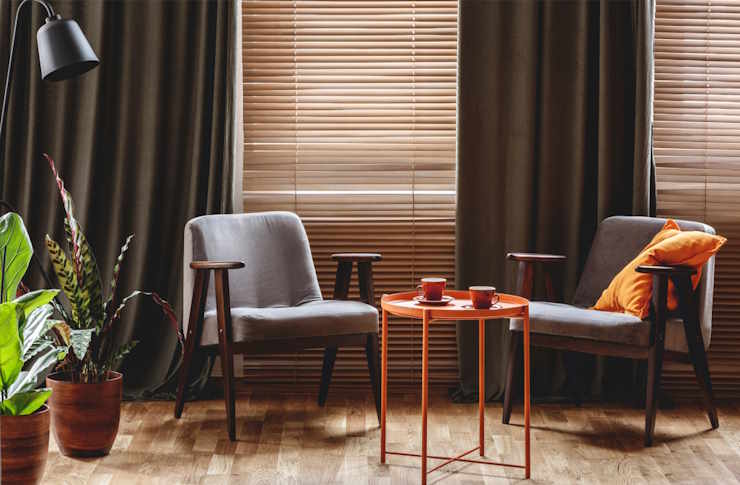A New Dawn: The Potential of Blue Light Therapy in Wellness
Isn't it fascinating how the light we're exposed to can influence our overall health? This article explores one such avenue—Blue Light Therapy—that's gaining momentum in the wellness sector, despite its relative novelty. Blue light, part of the visible light spectrum, has been under scientific scrutiny for decades. Initially, blue light was considered harmful due to its association with digital eye strain and sleep disturbances. However, recent advancements in photobiology—the study of how light affects biology—have discovered that blue light has potential therapeutic applications, leading to the development of Blue Light Therapy.

What Does The Latest Research Say?
A number of recent studies have highlighted the potential benefits of blue light therapy. Research published in the American Journal of Psychiatry demonstrated blue light therapy’s potential in treating seasonal affective disorder, a type of depression that’s related to changes in seasons. Another study published in the Journal of Clinical Sleep Medicine found blue light exposure in the morning can help reset our internal body clock, improving sleep and reducing symptoms of jet lag.
Understanding the Benefits
The most well-established benefit of blue light therapy is its effect on mood disorders, particularly Seasonal Affective Disorder (SAD). However, its applications are broadening. Some studies suggest that blue light therapy may aid wound healing and skin conditions like acne. Preliminary research also indicates potential benefits for neurodegenerative diseases, like Parkinson’s and Alzheimer’s.
The Challenges and Credibility of Blue Light Therapy
While the potential benefits of blue light therapy are promising, it’s crucial to recognize its limitations. The therapy’s effectiveness can vary based on individual factors such as skin type, age, and overall health status. Moreover, prolonged exposure to blue light, particularly at night, can disrupt sleep patterns.
Despite these challenges, blue light therapy is supported by a growing body of scientific evidence. However, as with any emerging health practice, more research is needed to fully understand its long-term effects and optimal usage.
Discover More About Blue Light Therapy
-
Blue light therapy is a non-invasive procedure that requires minimal time commitment, typically 15-30 minutes per day.
-
The therapy is generally considered safe, but potential side effects may include eye strain, headaches, or insomnia, particularly if used late in the day.
-
Portable blue light therapy devices are available, allowing users to incorporate the therapy into their daily routines conveniently.
Concluding Thoughts
Blue Light Therapy, despite its nascence, holds significant potential in the realm of wellness. It serves as a testament to the ever-evolving nature of health and wellness, where even seemingly harmful elements, like blue light, can be harnessed for therapeutic benefits. As we continue to explore and understand this novel therapy, it’s crucial to approach it mindfully, considering both its potential benefits and limitations. After all, the pursuit of wellness is a journey, one that requires balance, patience, and an open mind.






